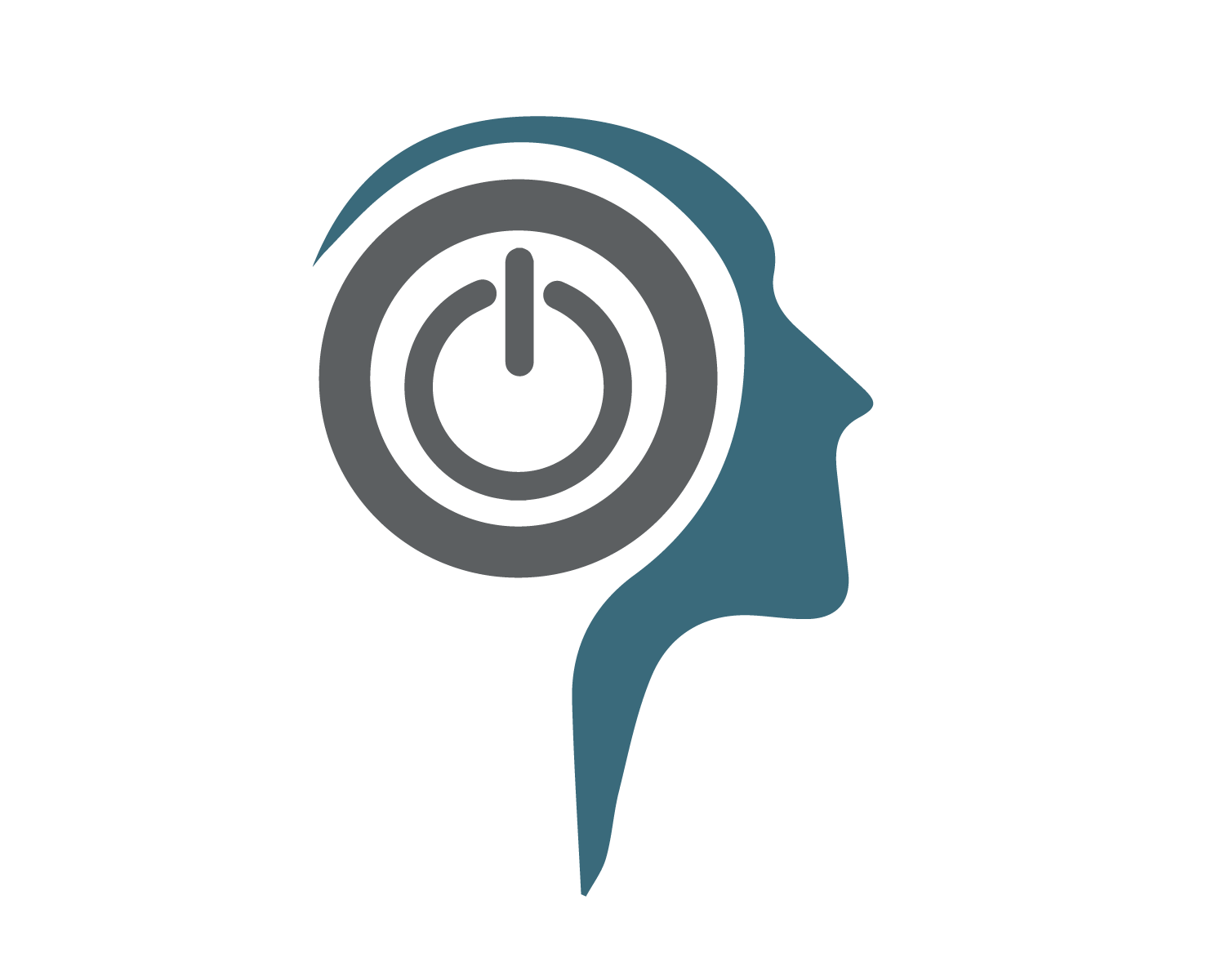Dr. Bruene appeared on ESPN 1000's Sports Medicine Weekly program on November 5 to discuss the NeuroActive approach and how it fits into sports and athletic performance. He had a great time and would like to thank Dr. Brian Cole, Steve Kashul, and Theresann Seeger for having him on and for a great discussion. You can listen here it is the first segment of the show.
Predilection For Injury in Athletes
Predilection For Injury in Athletes
Last month the cover of Sports Illustrated featured Tiger Woods and asked "What Happened? It Remains The Most Vexing Question In Sports." Of course there were the well covered personal struggles, but no doubt his injury history is a big part of "what happened." When we see athletes with numerous non-contact injuries we will also hear the talking heads try to make sense of it. Some athletes will earn the title "injury prone" which can hurt their stock amongst front offices and fans alike.
When a player is injury prone (most especially from non-contact injuries i.e. Derrick Rose) it is an indication that he or she is not neurologically stable. Sports, by definition, involve repetition of certain movements. If those movements are not performed properly, joints and tissues are subject to unfavorable loads and more likely to break down.
It isn't novel to point out that "form" matters in exercise. We all understand that if you squat or deadlift with poor form, you're likely to hurt yourself. Inversely, with proper form these movements can be performed without injury at extremely heavy loads. Nearly any movement involved in sport has an equivalent in development. It is remarkable, for example, how similar throwing movements are to the baby turning from face up to face down.
The closer we are able to get to the ideal movement pattern, the less likely the movement is to result in injury. Being neurologically stable means that the ideal patterns are automatic. The muscles involved in the movements will be recruited in the appropriate order and the form happens subconsciously.
So Woods and Rose take hits for their injury history, who is on the other side of the coin? Two examples are Jaromír Jágr, a man still playing professional hockey at the age of 44, and Roger Federer, a man who has been at the top of his sport for so long that it surprises a fan who woke from an 11 year coma that he is still a top tennis player.
Neurological stabilization training is beginning to be used more and more in the training rooms around the pro sports world. NeuroActive Fitness is the first of its kind in offering these techniques to everyone from regular folks on up to pro athletes in a group fitness setting. You can get what the pros get in an affordable way.
***It should be noted: A large component that should not be ignored is recovery. One who deadlifts with proper form still needs to take the time to recover before deadlifting again to avoid injury. The trick with pro athletes is allowing for recovery before stressing the joints or tissues again when there's another game potentially the next day.

